So here is the second part of my gear path. Part 1 is here, in case you missed it. Just to remind you, this was a post to answer the numerous questions about what gear I shoot with. I'm just showing you a step-by-step process of what I bought/sold to eventually get where I am gear-wise. Okay so what did I buy next?
4. Nikon D90. I was probably tempted solely from Chase Jarvis’ video, making the camera look really badass. It was also the first DSLR with video, so that caught my eye right away. I was really happy with the low-light performance of the camera, and the ability to trigger my flashes wirelessly. Video was cool, but it was lacking fully manual controls that appeared in later cameras. To be honest I could’ve stayed with my D90 until now and I would’ve been just fine. Tons of them are going down in price rapidly, since they’ve been replaced by the D7000. You can probably find some good used ones for not too expensive too.
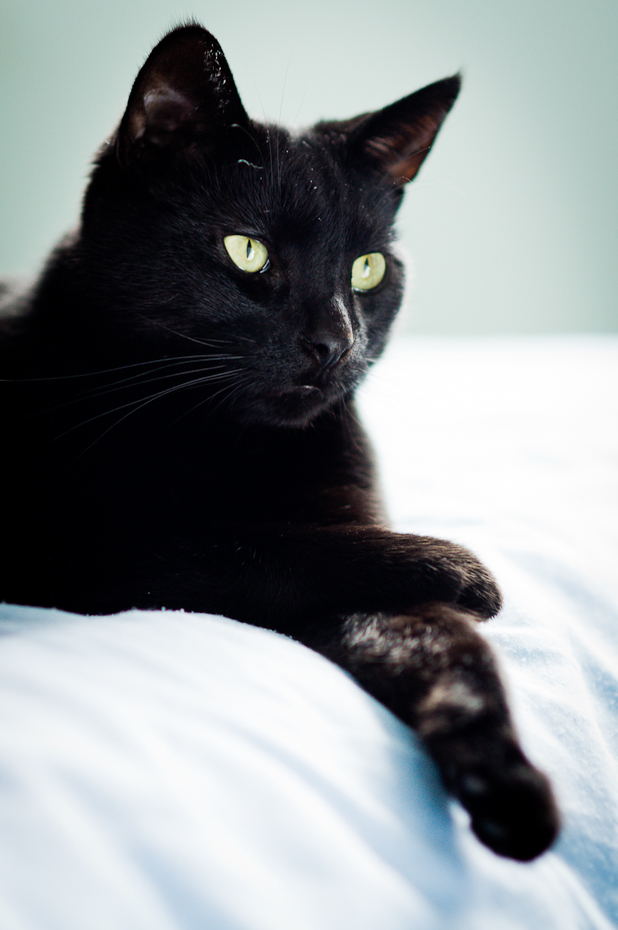
My sister's cat. Nikon D90 + Nikon 85mm f1.8.
5. Then came in the Tokina 12-24mm f4.0. I THOUGHT I needed something wider than 18mm, so I bought this off B&H. To this day I still use this lens a lot in every single wedding, and it’s often the lens that I bring if I can only bring one lens (say, for a weekend trip somewhere). But I hate this lens, I don’t know why. I feel that the focus is slow in low-light, there’s too much distortion, and while it does go to very wide, I find that often have to switch lenses, since the 12-24mm range is still very limited. It’s been very useful, but I feel it could be better still, and I’m looking to upgrade soon.
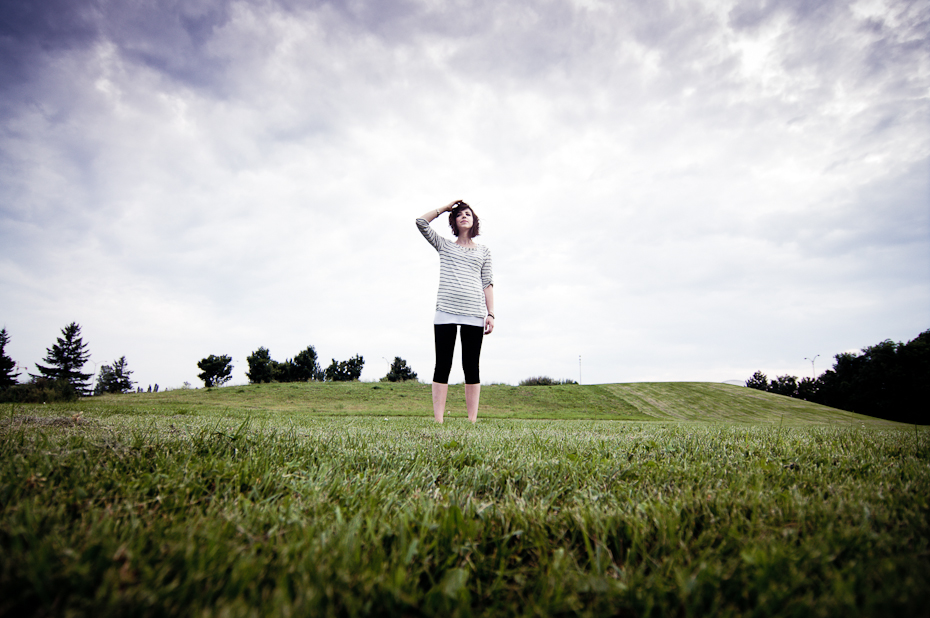
Elisabeth in a field. Nikon D90 + Tokina 12-24mm f4.0.
6. Next up is the #1 lens that I would recommend for anyone with a DSLR camera. Nikon 50mm 1.8. This is the cheapest lens you can get and one of the best. It’s tiny, weighs nothing, and has a maximum aperture of 1.8 to produce really great low-light photographs with shallow depth of field. The AF-D model is the one I had (although not fully compatible with Nikon cameras without a built-in motor), and it only cost about 120$. There’s something about these 50mm lenses that just create beautiful portraits, and if I lost all my lenses today a 50 would be my first purchase.
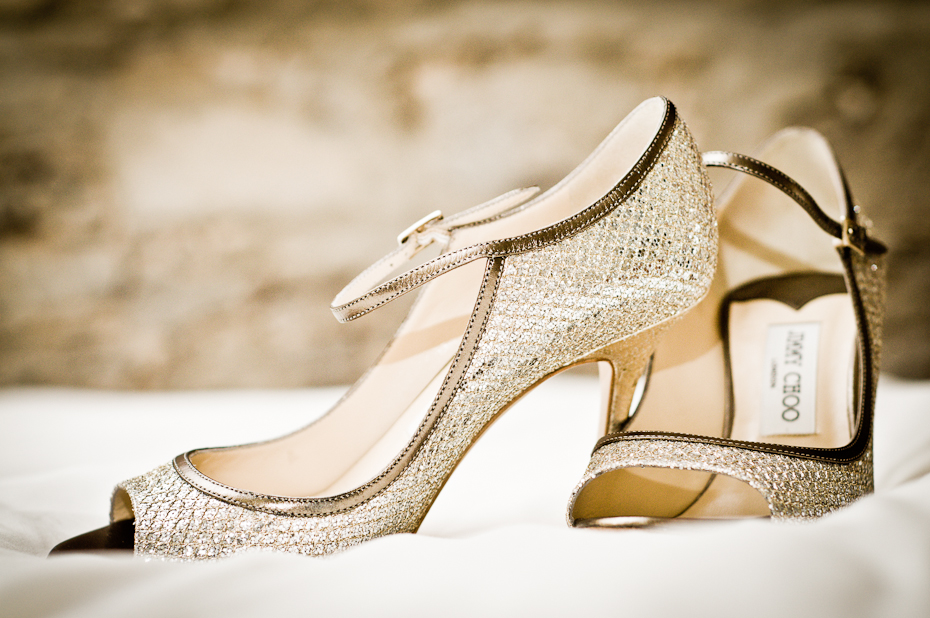
Bride's shoes, my first wedding. Nikon D90 + Nikon 50mm f1.8.
7. I then got a Nikon 85mm 1.8 since I was addicted with prime lenses at this point. I didn’t use it as often as the 50mm, as the focal length was a bit too long for my work, but I never had any problems with this one. It’s a sturdy compact lens that shot great portraits. I love using long lenses for landscapes.
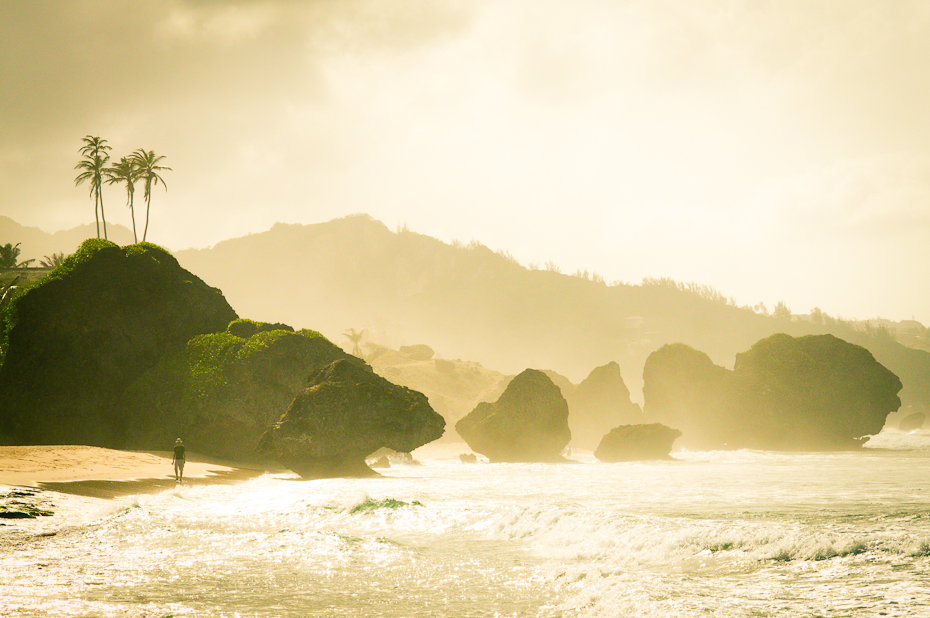
My bio prof in Barbados. Nikon D90 + Nikon 85mm f1.8.
8. And as a nature nerd, I obviously had to get a macro lens: Nikon 105mm 2.8 AF-S. This lens is often used for portraits as well, but I find it focuses a bit too slow for that. This is more of a specialty lens, I don’t use often but when I do use it it does a great job.
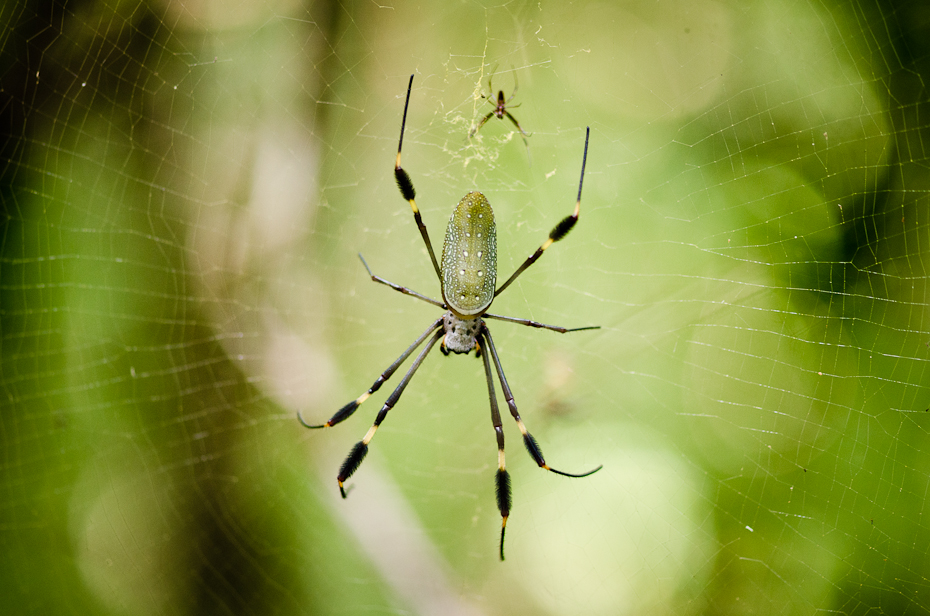
Golden silk orb-weaver, Panama. Nikon D7000 + Nikon 105mm f2.8.
This was my kit for about a year, and I loved it, but what became difficult for me was too much lens switching during weddings (I had a back-up camera at weddings, but I wasn’t using it as a dual camera, so I always had to switch lenses). Then, what changed my kit was just a great opportunity that popped up on Craigslist.
9. Finally, after all these years of lusting after it, I found a surprisingly cheap Nikon 70-200mm 2.8. The lens looked new and at 1200$ I would’ve bought it even if there was vomit on it. You hear everyone talking about this lens, and when you use it you understand why. The lens compression and the wide aperture blend backgrounds to a creamy blur. I often use this lens as a landscape lens as well, picking out details from vast scenes. The one downside of this lens is the size and weight. I had to buy new camera bags to accommodate this lens.
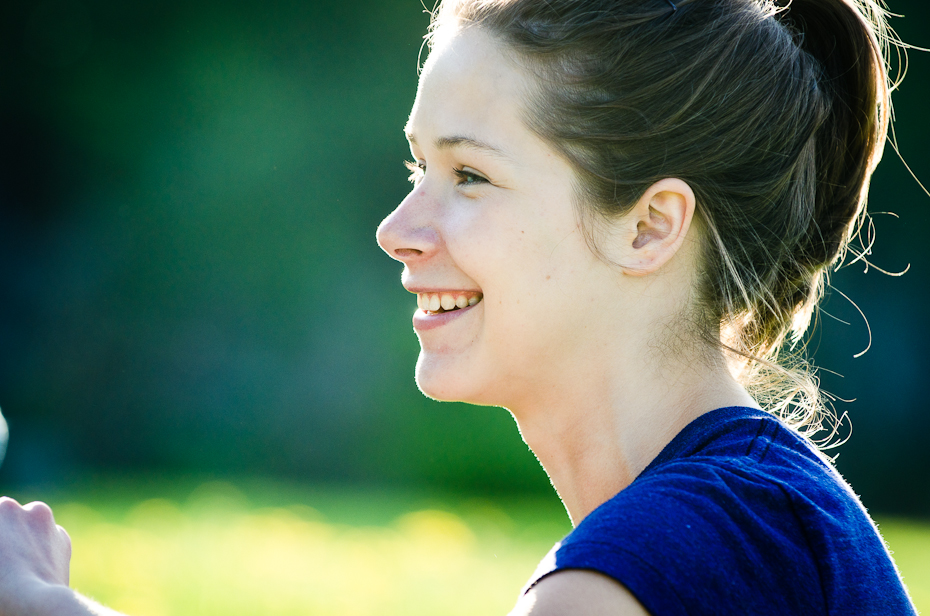
Happy Kirsten. Nikon D7000 + Nikon 70-200mm f2.8.
10. And last step to my kit today, I added a D7000, mainly for better video during my trip to Panama. I love this camera, I feel it's one of the best cameras you can get for the price. To be honest my upgrade from the D90 wasn't really justified, but I don't regret it either. I've shot most of my weddings with this camera, going to ISOs up to 1600-2000 without too many problems. I’m trying to go full-frame next, using this one as my back-up.
There you have it, you now know what's in my camera kit!

